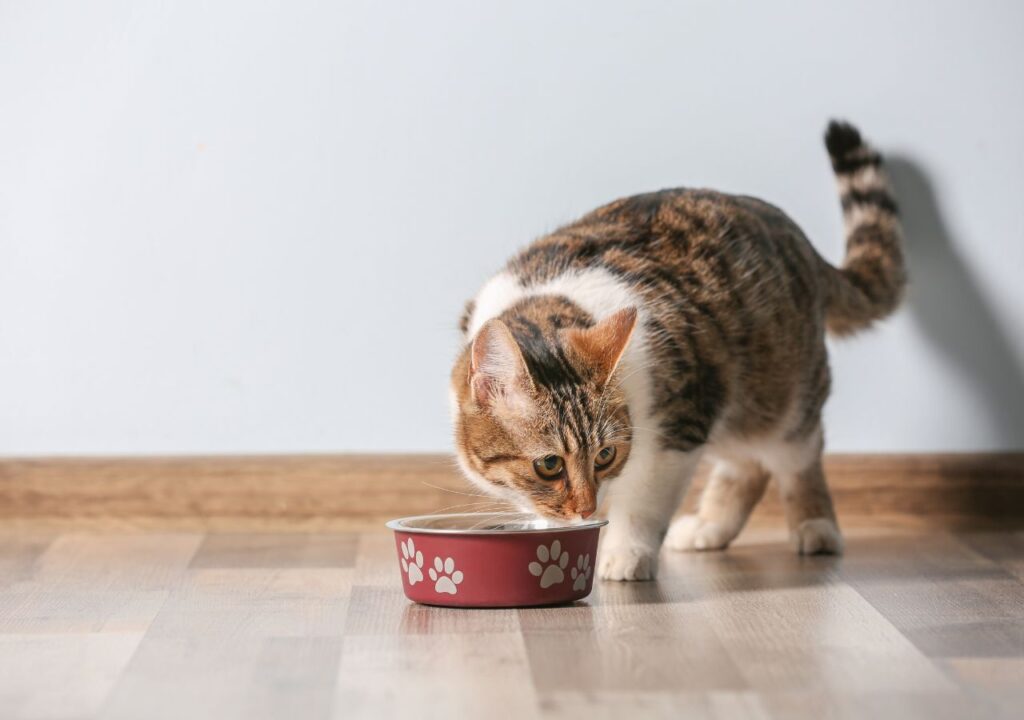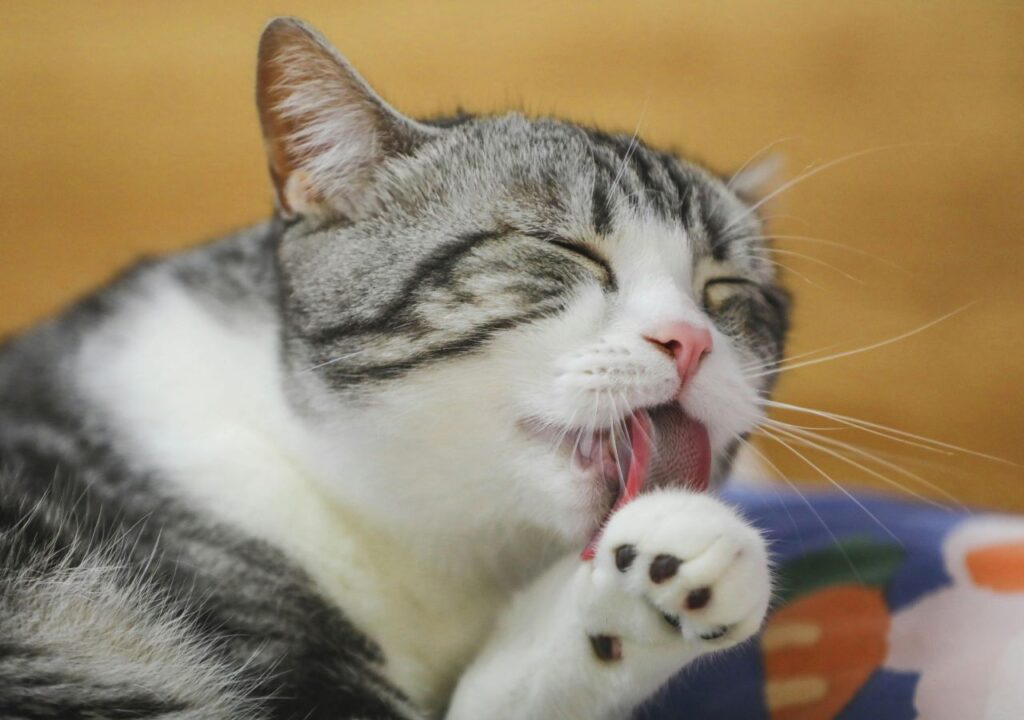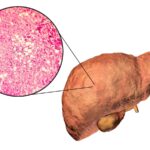Liver is a real vitamin bomb in a cat’s diet – full of vitamin A and minerals such as copper and zinc, it can have a significant impact on your pet’s health. But despite its many benefits, it should not be the only ingredient in your cat’s diet. What are the nutritional values of liver, and what is its place in BARF and cooked diets, as well as in premium commercial foods? What are the rules for safely feeding this ingredient to avoid potential risks associated with vitamin A overdose and other deficiencies? Find out now!
Why Liver? A brief history and popularity of liver in the feline diet.
Liver has long been an important part of the diet of both domestic and wild cats. Its popularity dates back to a time when cats lived primarily on hunted prey. Cats often instinctively choose liver because it is a rich source of essential nutrients.
The vitamin A in liver is one of the main reasons this organ is so highly valued. Vitamin A supports the health of your cat’s eyes, skin, and immune system. Chicken liver for cats, or pork or beef liver for cats, is particularly rich in this vitamin, making it an extremely valuable part of a cat’s diet.
In addition to vitamin A, liver also provides valuable minerals such as copper and zinc. Copper is essential for proper enzyme function, energy production, and connective tissue health. Zinc supports healthy growth, immune function, and protein metabolism.

The BARF Diet and the Cooked Diet: How Can Liver Be Included?
The BARF diet is based on feeding cats raw products that mimic their natural diet in the wild as closely as possible. In this diet, liver plays a key role as a source of essential vitamins and minerals. In a BARF diet, raw liver for cats should be no more than 5-8% of the total mixture to avoid the risk of vitamin A overdose. Adding liver to a raw diet helps balance the other nutrients cats get from muscle, bone, and other organs.
For guardians who prefer to cook meals for their cats, liver also has its place. Chicken liver for cats in a cooked diet provides the same essential vitamins and minerals as in a raw diet. The cooking process may slightly reduce the levels of some vitamins, but liver remains an exceptionally rich source of vitamin A, copper, and zinc.
In a home-cooked diet, it is important that liver is part of a varied menu. Combined with other proteins and supplements, liver helps to provide a full spectrum of nutrients. It is recommended that liver be steamed or boiled in a small amount of water to preserve as many nutrients as possible.
dangerous. Obese cats with extensive adipose tissue are particularly susceptible to fatty liver disease.

Liver in commercial cat food – how to choose a good food rich in this ingredient?
Because of its unique nutritional value, liver is often an ingredient in high-quality commercial cat foods. However, not all liver foods are equally valuable. How do you choose the right food rich in this ingredient?
Read the ingredients
The first step in choosing a good food is to read the label carefully. Liver should be high on the list of ingredients, which means it is one of the main ingredients in the food. Look for foods that list a specific type of liver, such as chicken liver. Of course, keep in mind that high meat foods, those based on muscle meat, are the best choices. If offal is included, it is better if it is second on the list of ingredients. Foods that are typically offal based will be acceptable, but this is an individual matter for each cat.
Check opinions and reviews
Check out what other cat owners have to say about the food you have chosen. Reviews can provide valuable information about the quality of the food, its acceptance by the cats, and any health problems that may have occurred. Keep in mind that each owner’s opinion is based on his or her own observations, and every cat is different. Use these opinions as a guide. A better source of information may be a nutritionist, such as a pet nutritionist.
Analyze the Nutritional Analysis
The next step is to analyze the analytical composition of the food. Check to see if the food is high in protein and fat, as these are the most important nutrients for a cat’s body. It is good if the food has as little carbohydrates as possible.
Can cats eat liver as a complete meal?
Although liver is rich in valuable nutrients such as vitamin A, copper and zinc, it should not be the sole component of a cat’s diet. Despite its undeniable benefits, there are several important reasons why liver cannot be a complete meal for our felines.
Liver is rich in protein and certain minerals, but it does not provide all the essential nutrients needed to maintain a cat’s health. An unbalanced diet consisting solely of liver can lead to deficiencies in other key nutrients such as taurine, calcium, phosphorus, and omega-3 and omega-6 fatty acids. These nutrients are essential for your cat’s heart health, nervous system, and overall well-being.




